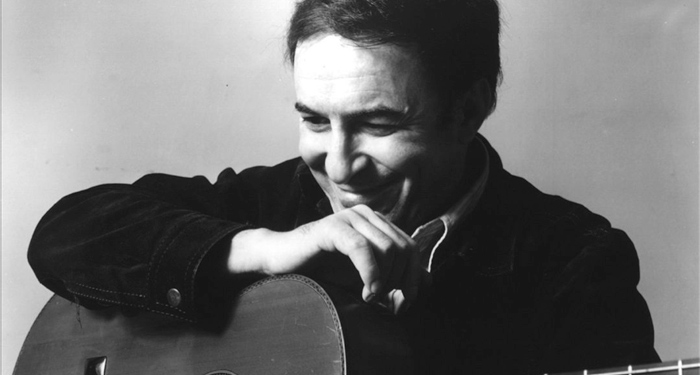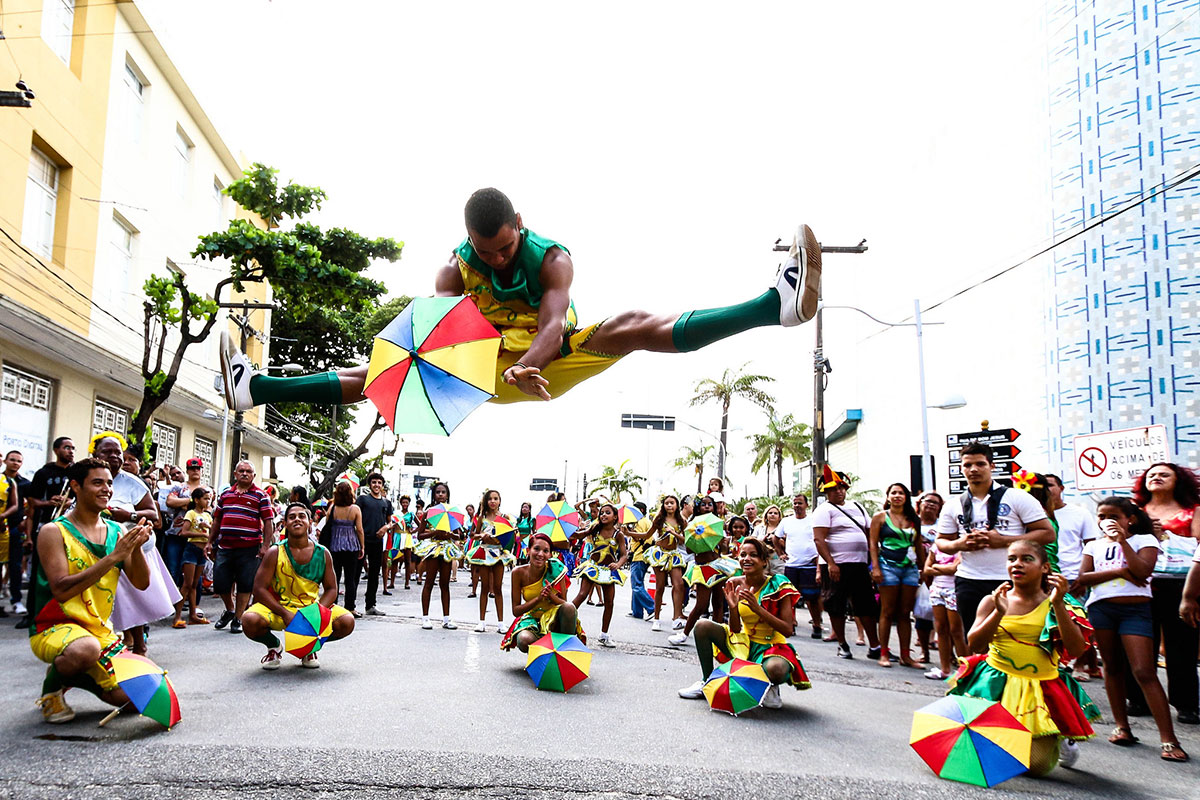What is Brazilian Music?
From the pulsating rhythms of Samba to the smooth melodies of Bossa Nova, Brazilian music is as vibrant and varied as its people.
This blog will guide you through the colorful spectrum of Brazilian musical traditions. We shall explore its historical roots, regional diversity, influential artists, and distinctive musical elements and techniques. So, let’s dive in and uncover the rhythmic riches that Brazilian music has to offer!
History of Brazillian Music
Early influences and roots of Brazilian music
Brazilian music traces its origins back to a melting pot of cultural influences, blending indigenous, African, and European traditions. The rhythmic foundations of Brazilian music can be found in the percussive beats of indigenous groups, whose music celebrated nature, community, and ritual. With the arrival of Portuguese colonizers in the 16th century, European musical traditions such as folk songs and court music were introduced. These influences were interwoven into the rhythms and melodies of the indigenous peoples.
Impact of African, Indigenous, and European cultures on Brazilian music
The African influence on Brazilian music is profound, brought by enslaved Africans who were forcibly brought to Brazil during the colonial era. African musical traditions, characterized by intricate rhythms, call-and-response vocals, and improvisation, infused Brazilian music with a distinctive groove and energy. From the syncopated rhythms of Samba to the hypnotic pulse of Bossa Nova, African rhythms form Brazilian music’s heartbeat.
European influences, meanwhile, contributed melodic structures, harmonies, language and instrumentation to Brazilian music. Classical music from Europe, as well as popular styles like the waltz and polka, left their mark on Brazilian compositions. These influences blended with indigenous and African elements to create unique hybrid genres.
Key moments in the development of Brazilian music. Brazilian music’s development from the 1950s to the present day
The mid-20th century witnessed a renaissance in Brazilian music. This was fueled by cultural and artistic movements that sought to redefine Brazilian identity and celebrate its diversity. The 1950s saw the emergence of the all conquouring Bossa Nova. This genre is characterized by its laid-back rhythms, sophisticated harmonies, and poetic lyrics. Artists like Antonio Carlos Jobim, João Gilberto and Astrud Gilberto popularized Bossa Nova both in Brazil and abroad, sparking a global fascination with Brazilian music.

In the following decades, Brazilian music continued to evolve and diversify, with genres like Samba, Forró, and MPB (Música Popular Brasileira) gaining prominence. Brazillian artists were also keen to embrace elements of Jazz, funk and Disco in their recordings. This created exciting fusions that would open up Brazillian music to an even wider audience. Political and social movements also played a significant role in shaping Brazilian music, with artists using their music as a form of protest and resistance against oppression.
Today, Brazilian music continues to thrive. Contemporary artists continue to push boundaries fusing traditional styles with modern influences such as Hip-Hop or House. From the electronic beats of Baile Funk to the experimental sounds of Tropicália, Brazilian music remains a dynamic force in the global music scene.
Regional Diversity
Overview of Brazil’s vast geographical and cultural diversity
Brazil’s vast expanse encompasses a diverse array of landscapes. From the dense Amazon rainforest to the sun-drenched beaches of the Northeast, each region boasts its own unique cultural identity and musical traditions. This regional diversity is reflected in the myriad styles of Brazilian music, each imbued with the distinct flavours of its respective locale.
Exploration of different regional styles
Samba:

- Unique characteristics: Samba originated in Rio de Janeiro and is characterized by its infectious rhythm, syncopated beats, and lively dance moves. It embodies the spirit of Carnival and the vibrant energy of Brazilian street culture.
- Instrumentation: Samba is typically performed by a percussion ensemble known as a “bacteria,” Instruments such as the tamborim, surdo, and pandeiro are widely used, accompanied by brass instruments and vocals.
Bossa Nova
- Unique characteristics: Bossa Nova emerged in the late 1950s as a fusion of Samba rhythms with jazz influences. Antonio Carlos Jobim is often referred to as the “Father of Bossa Nova,”. Jobim’s compositions, such as “The Girl from Ipanema” and “Corcovado,” have become timeless classics. Bossa Nova is known for its smooth melodies, gentle rhythms, and poetic lyrics. The sun-soaked sound of Bossa Nova perfectly evokes the laid-back lifestyle of Rio de Janeiro’s beachfront neighbourhoods.
- Instrumentation: Bossa Nova often features the nylon-string guitar and soft percussion instruments like the shaker and tamborim. This mix of instrumentation creates a mellow and intimate sound.
Forró
- Unique characteristics: Forró hails from the Northeast region of Brazil. It is a lively and rhythmic genre with roots in traditional folk music. Its upbeat tempo and accordion-driven melodies inspire joyful dancing and celebration.
- Instrumentation: Forró bands typically feature the accordion, triangle, and zabumba (a type of bass drum). This combination creates a powerful and infectious groove.
Frevo

- Unique characteristics: Originating in the city of Recife, Frevo is a high-energy dance music. It is characterized by its fast tempo, virtuosic brass arrangements, and acrobatic dance moves. It is often associated with Carnival celebrations in the Northeast.
- Instrumentation: Frevo ensembles feature brass instruments such as trumpets and trombones, along with percussion instruments like the snare drum and surdo.
Choro
- Unique characteristics: Choro is often referred to as the “first truly Brazilian urban music,”. It originated in Rio de Janeiro in the late 19th century and is known for its lively and improvisational nature. Choro blends European melodies with African rhythms and indigenous influences. Characterized by its virtuosic instrumental performances and intricate harmonies, Choro is often compared to jazz for its improvisational spirit and complex chord progressions.
- Instrumentation: Choro is a purely instrumental musical form. Ensembles typically feature a variety of instruments, including the flute, guitar, cavaquinho (a small string instrument similar to a ukulele), and tambourine.
Each of these regional styles offers a glimpse into the cultural tapestry of Brazil. They showcase the diverse influences and traditions that shape its musical landscape. From the sultry melodies of Bossa Nova to the infectious rhythms of Samba, Brazilian music captivates listeners with its rich array of sounds, rhythms and styles.
Musical Elements and Techniques
Rhythmic complexities in Brazilian music
Brazilian music is renowned for its intricate rhythms and polyrhythmic textures. These form the backbone of many of its genres and styles. From the pulsating beats of Samba to the syncopated grooves of Bossa Nova, rhythmic complexity is a defining feature of Brazilian music, hypnotising listeners with its infectious energy and dynamism.
Melodic structures and harmonies commonly found in Brazilian music
Melodically, Brazilian music is characterized by its lush harmonies, melodic sophistication, and emotive expressiveness. Influenced by a diverse range of musical traditions, Brazilian melodies often feature chromaticism, syncopation, and unexpected harmonic twists. The vocal harmonies are particularly unique to Brazillian music and instantly recognisable. These distinctive vocals and melodic structures are perfectly demonstrated in the Brazillian classic – Mas Que Nada by Sergio Mendes.
Instrumentation and arrangement techniques unique to Brazilian genres
Instrumentation plays a crucial role in shaping the sound of Brazilian music. From the percussive rhythms of the Samba bateria to the intimate sounds of the Bossa Nova guitar, Brazilian music showcases a diverse array of instruments and arrangement techniques that contribute to its rich and multifaceted sonic palette.
Instruments such as the berimbau, cuíca, and pandeiro add layers of texture and rhythm to Brazilian compositions. The cuica in particular is unique to Brazil. It creates a rather weird and unusual honking sound. Some say it resembles that of a monkey cry. It is created by the friction caused when rubbing a wet cloth along a pole connected to a drum head.
Melodically the nylon-string guitar plays a pivotal role in much Brazillian Music. Other instruments such as acoustic/electric piano, accordion and Piccolo, help to reinforce the uplifting melodies and harmonies so inherent in Brazillian grooves.
During the 1950s and 60s Brazillian recordings fully embraced sophisticated orchestral arrangements. Awash with punchy brass complimented by lush Strings the orchestra would enrich the emotive nature of the recordings.
The use of arrangement techniques such as call-and-response vocals, improvisation, and rhythmic counterpoint further enhance the complexity and depth of Brazilian music.
Contemporary Brazillian Music
Contemporary Brazilian music is a dynamic and ever-evolving landscape. It draws from a diverse range of styles and influences that perfectly reflect the country’s multicultural heritage. From the bustling streets of São Paulo to the sun-kissed shores of Bahia, Brazilian artists are pushing boundaries, blending traditional genres with contemporary sounds, and exploring new musical territories that resonate with audiences both at home and abroad.
Fusion of Traditional and Modern Styles
In recent years, there has been a resurgence of interest in traditional Brazilian genres such as Samba, Bossa Nova, and Forró. A whole new generation of artists are dipping into their pasts and putting a fresh spin on these classic styles.
At the same time, contemporary Brazilian music is increasingly influenced by global trends, incorporating elements of hip-hop, electronic music, and pop to create a sound that is uniquely Brazilian yet globally relevant.
Probably the most unique hybrid Brazillian musical creation is that of Baile Funk. Baile Funk is a high-energy musical genre that originated in the favelas of Rio de Janeiro, Brazil, in the 1980s. Rooted in the sounds of Miami bass and electro-funk, Baile Funk is characterized by its heavy basslines, fast-paced rhythms, and explicit lyrics. This music is often performed at large outdoor parties known as “bailes” or “funk parties,”.Baile Funk is closely associated with the vibrant street culture of Rio’s favelas, where it serves as a form of cultural expression and social commentary. With its infectious beats and energetic dance moves, Baile Funk has become a global phenomenon. It has influenced artists and musicians from around the world and cemented its status as an influential genre within the broader landscape of Brazilian music.
Summary
As we’ve explored in this blog, Brazilian music holds a special place in the global music landscape. It continues to captivate audiences around the world with its infectious rhythms, soulful melodies, and vibrant energy. In fact, Carlos Jobin’s Girl from Ipanema is said to be the second most recorded pop song in history. Only being pipped to the top spot by The Beatles – Yesterday.

Its unique sound has gone on to influence countless musicians and producers worldwide. Artists as diverse as Frank Sinatra and Drake have all at some point adopted the Bossa Rhythm. And the sounds of Brazil continue to inspire and uplift listeners. It has the ability to transcend cultural boundaries and forge connections across borders making it a truly special musical export.
Remember – RouteNote Create subscriptions start from as little as $2.99. You also get 10 FREE credits to spend on samples along with access to our FREE sample pack bundle when you sign-up
